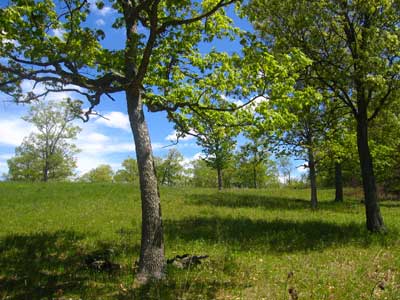Assistance: Wildlife
What resources are available for improving wildlife habitat?
Many state and federal financial assistance programs will share the cost with landowners of maintaining or enhancing wildlife habitat as part of a larger conservation plan. But certain grant programs also focus specifically on threatened and endangered wildlife.

Landowner Incentive Program (LIP)
Administered by the Wisconsin Department of Natural Resources (WDNR), the Landowner Incentive Program (LIP) helps private landowners create and manage habitat for species that are rare or declining. The program provides technical assistance to landowners, including management advice and assistance with management plans with a focus on the Driftless Area of Wisconsin.
To learn more, visit http://dnr.wi.gov/topic/endangeredresources/lip.html.
Partners for Fish & Wildlife
Partners for Fish & Wildlife is a U.S. Fish & Wildlife Service (FWS) program that pays private landowners up to 100 percent of the cost of restoring fish and wildlife habitat on their properties, including wetlands, cold-water streams, prairies, and oak savannas.
The heart of the program’s mission is conserving “Federal Trust Species” such as migratory birds and threatened or endangered species, as well as certain other species and habitats of concern.
Any privately owned land is potentially eligible for the program so long as it has water resources, soils, and vegetation that can be restored to create habitat for rare, declining, and protected wildlife.
Private landowners who enroll work one-on-one with local field biologists and other partners to plan, implement, and monitor their projects. Partners Program field staff also help landowners find other sources of funding and help them through the permitting process, as necessary.
The minimum contract length for the program is 10 years and public access to enrolled lands is not required.
More information is available at https://www.fws.gov/partners.
